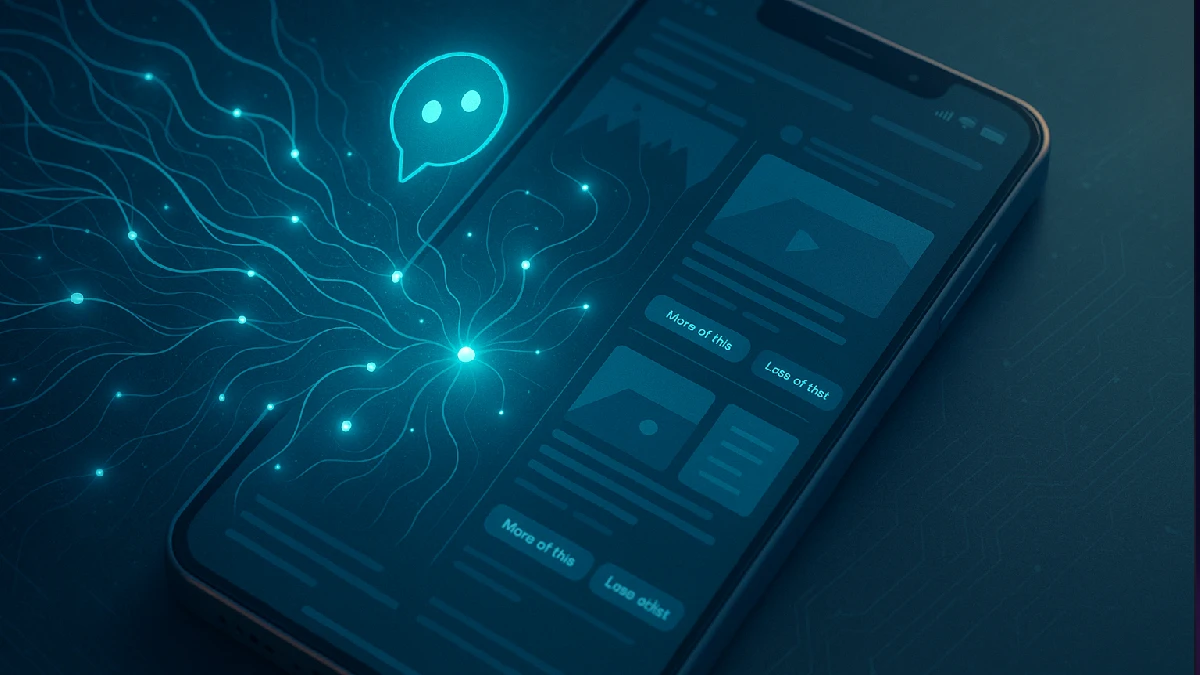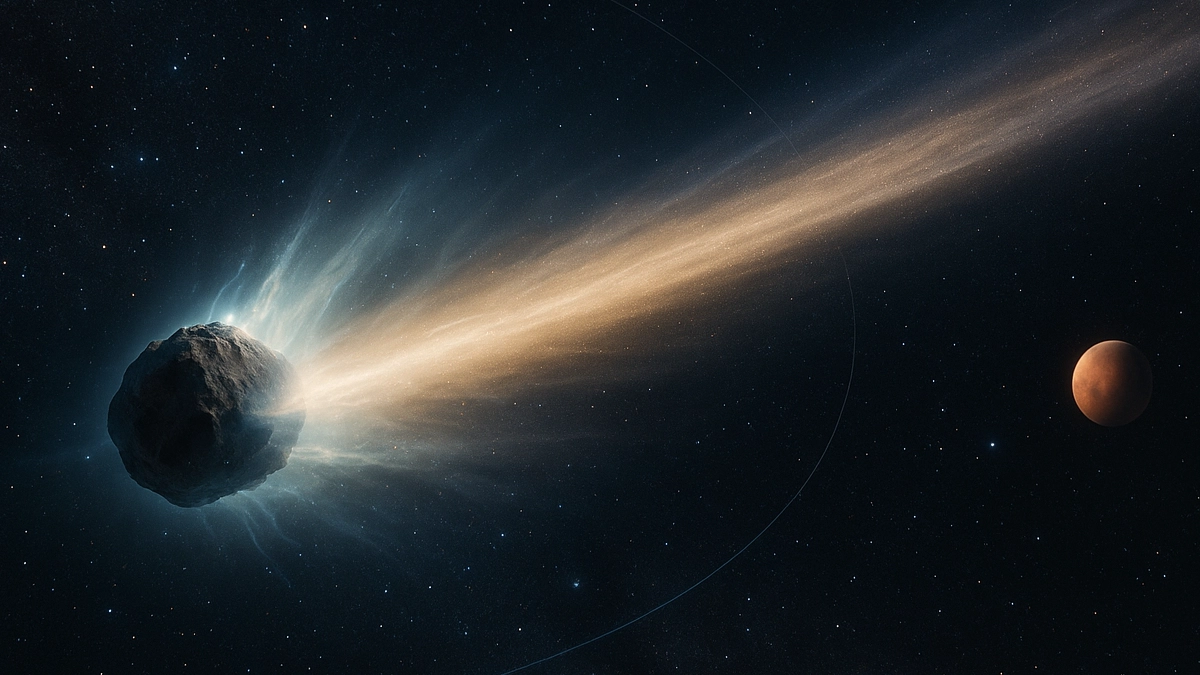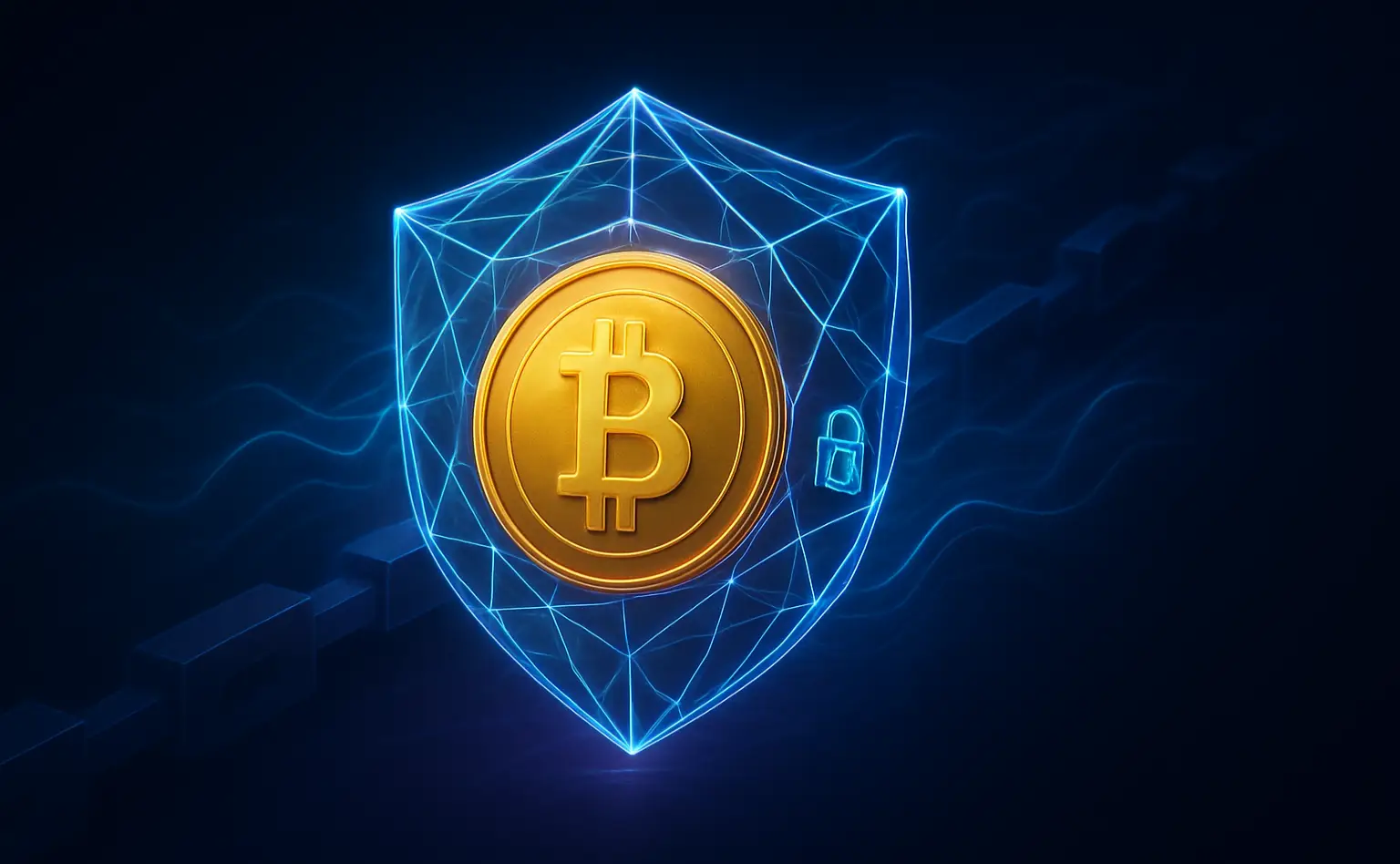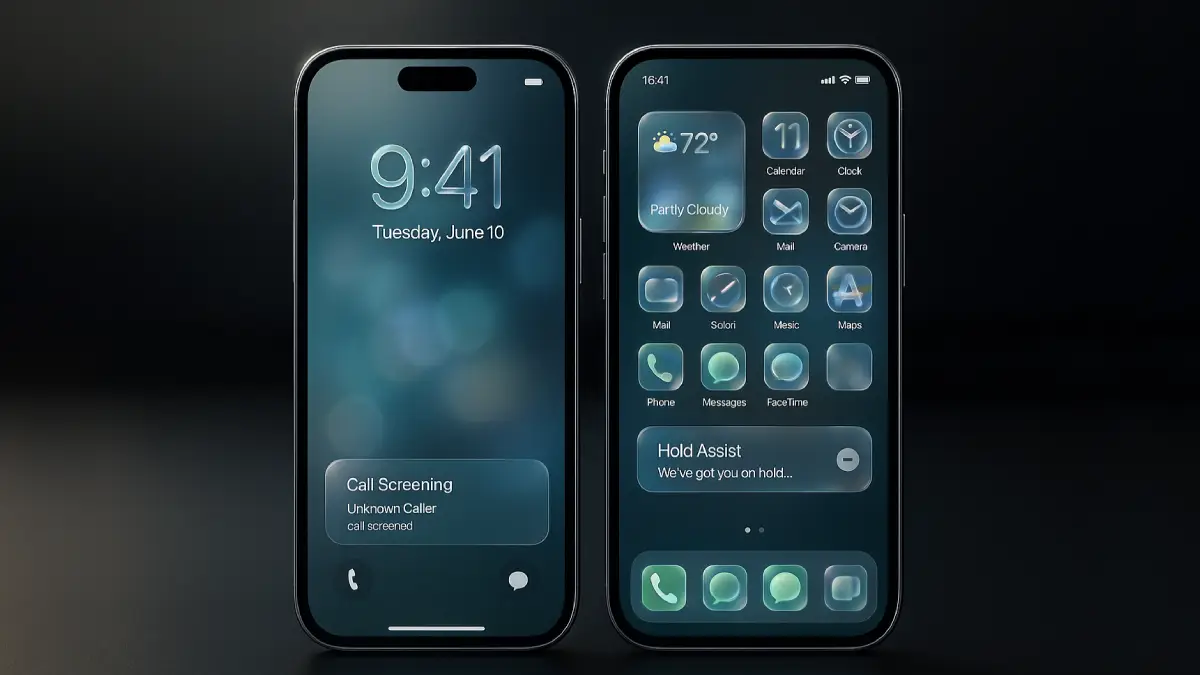A massive quake off Russia’s Kamchatka Peninsula quietly stress-tested a new kind of tsunami sentinel: NASA’s GUARDIAN, a system that “listens” to the upper atmosphere for ripples from ocean waves, flagging a potential tsunami in as little as 20 minutes and confirming signs 30–40 minutes before Pacific landfalls. It’s not a siren for the public yet, but it is a fast, global layer that can help experts validate and speed early warnings—especially across the open ocean.
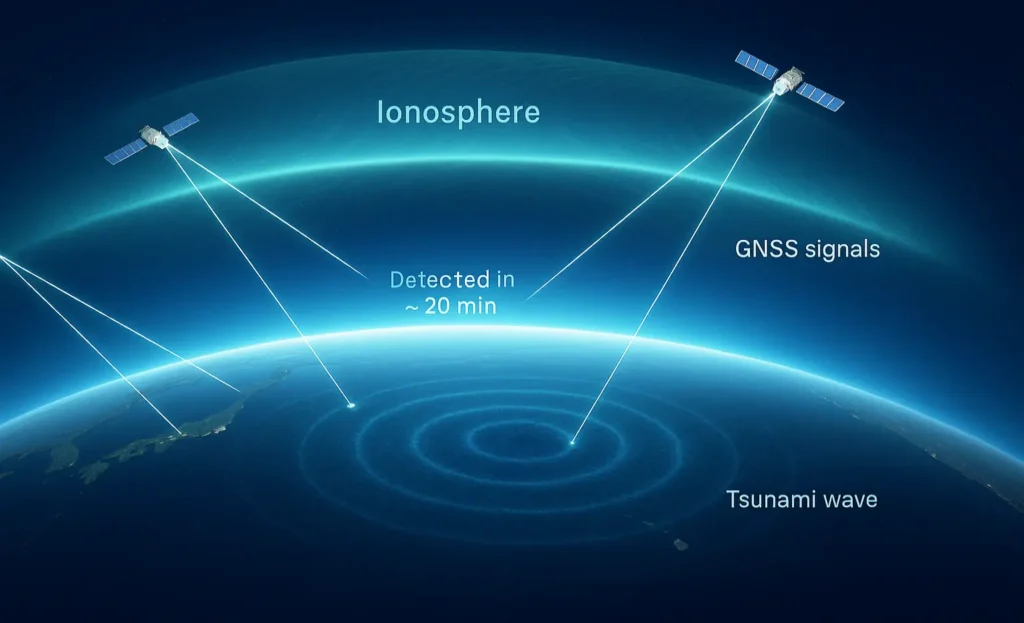
What GUARDIAN does
Sensing tsunamis through the ionosphere
GUARDIAN (GNSS Upper Atmospheric Real-time Disaster Information and Alert Network) taps GPS and other navigation satellite signals, watching for tiny distortions caused when a tsunami displaces the ocean and launches acoustic-gravity waves into the upper atmosphere. Those waves tweak the total electron content that satellite radio beams traverse; GUARDIAN treats those “errors” as clues and surfaces them for expert review in near real time.
Field performance in recent events
In a recent field test, GUARDIAN flagged atmospheric distortions about 20 minutes after the earthquake, then confirmed signs of an approaching tsunami 30–40 minutes before waves reached distant Pacific shores, giving duty scientists valuable minutes to corroborate other systems.
The system behind the system
Space segment and signals
- Multi-constellation GNSS satellites continuously transmit timing signals.
- GUARDIAN reads ionospheric perturbations imprinted on those links, using geometry across many satellites to map disturbances.
Ground stations and data flow
- A network of hundreds of real-time GNSS stations streams data continuously.
- NASA/JPL geodesy assets and partners provide broad coverage over oceanic corridors.
Processing pipeline and expert review
- Algorithms convert raw signal delays into disturbance snapshots within minutes.
- Trained analysts interpret whether the signal is tsunami-driven before sharing with warning centers.
Why the ionosphere matters
Ocean–atmosphere–ionosphere coupling
Tsunamis act like slowly heaving plates of ocean, displacing air and launching low-frequency waves skyward that couple with the ionosphere’s charged particles. That coupling leaves a measurable signature in GNSS-derived total electron content with periods on the order of 10–30 minutes.
Evidence from real-time research
Peer-reviewed work shows real-time-capable algorithms can detect tsunami-driven ionospheric disturbances ahead of coastal arrival, given favorable satellite geometry and station coverage—supporting integration with operational workflows.
Speed, coverage, and the 20-minute window
Detection latency and lead time
- Detection latency: GUARDIAN can produce usable “snapshots” in roughly 10 minutes from data receipt, with expert notifications as fast as 20 minutes after an earthquake.
- Lead time: Depending on source-to-shore distance and geometry, analysts may gain 30–80 minutes of insight before coastal impact.
Role in accelerating decisions
The result is not a standalone siren, but a rapid, global confidence booster—a second set of eyes from space that can reduce false alarms and accelerate decisive action when combined with ocean and seismic data.
How GUARDIAN complements existing tools
Seismometers and initial magnitude estimates
- Strength: Fast detection of earthquakes and initial magnitude/location.
- Gap: Magnitude alone doesn’t predict tsunami size; GUARDIAN helps answer “did a tsunami actually form?” early.
DART buoys and direct ocean readings
- Strength: Gold-standard for precise wave measurements.
- Gap: Sparse and costly in the open ocean; GUARDIAN fills spatial coverage gaps and aids cross-checks.
Tide gauges and nearshore confirmation
- Strength: Reliable local confirmation.
- Gap: Late in the timeline; GUARDIAN speaks earlier and farther offshore.
Technical constraints and failure modes
Expert-in-the-loop requirements
GUARDIAN outputs currently require trained interpretation; automated, public-facing alerts are not the mission today, ensuring experts cross-validate with multiple sensors.
Geometry, coverage, and sensitivity
Detection sensitivity depends on relative positions of satellites, ionospheric pierce points, and ground stations; some events yield stronger, earlier signatures than others.
Atmospheric noise and discrimination
The upper atmosphere is noisy—solar activity and non-tsunami waves can imprint similar signatures; robust filtering and cross-sensor corroboration remain essential.
What just happened—and what’s next
Recent real-world test case
A strong Kamchatka earthquake generated a trans-Pacific signal that served as a real-world test: GUARDIAN functioned end-to-end, issuing notifications as quickly as 20 minutes post-quake and confirming signatures 30–40 minutes prior to arrivals at distant coasts.
Path to operational integration
As networks expand and analytics mature, GUARDIAN is poised to become an expert-facing layer for rapid tsunami verification alongside DART and seismic modeling—especially across under-instrumented ocean basins.
Second-order impacts across the ecosystem
Reducing false alarms and costs
By confirming ocean generation rapidly, agencies can avoid costly evacuations when large quakes don’t spawn dangerous waves.
Expanding equity in global coverage
GNSS coverage is planetary; regions with limited buoy infrastructure gain another verification channel for long-range events.
Advancing geophysical science
Each event refines coupling models of ocean–atmosphere–ionosphere dynamics, improving algorithms that parse signal from space-weather noise.

